Looking at the US, the unhappy story of inflation is still far from over
Chapter one in the inflation story was central banks’ failure to recognise the threat as they spent most of 2021 warbling about supply-chain shocks and “transitory” factors. Chapter two was the belated realisation that action was needed, followed by several yanks on the interest rate lever. Chapter three – scheduled to arrive about now – was supposed to be firm signs that the inflationary peak is in sight.
We’re not there yet. The shocker from the US on Wednesday was an inflation reading of 9.1% in June, a couple of notches higher than markets and economists had forecast. The US Federal Reserve’s promise-cum-threat to hike rates by 0.75% at the end of this month, after a similar move last month, now looks nailed on to be delivered in full. Cue another discomforting rise in the dollar, causing the euro to dip below parity for the first time since 2002.
The only consolation was the time-stamp on the 9.1% figure. A June reading didn’t capture the sudden 15%-20% fall in the price of many commodities in the past fortnight. Oil, the most important of the lot, was $118 a barrel in Brent variety on June 26; now it is $99. That factor, at least, should dissuade the Fed from opting for a more muscular one percentage point hike on July 27, or so the consensus now says.
But there was very little else to console investors. The detailed breakdown showed US inflation is much more than an energy and food phenomenon. Even excluding those elements, it is running at 5.9% and the other big question, beside the “peak” one, is how long it will take the Fed to regain control. The market sees US rates, currently 1.50-1.75%, reaching at 3.5% by the end of the year and going no higher, but that assumption suddenly feels less safe. We’re yet to see
Read more on theguardian.com



![Vetle Lunde - Will Bitcoin [BTC] rise above its $23,000 level over weekend - ambcrypto.com - city Arrow](https://finance-news.co/storage/thumbs_400/img/2022/7/22/34486_dhsx.jpg)
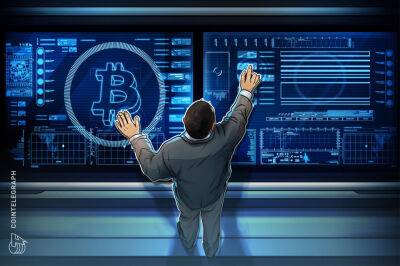
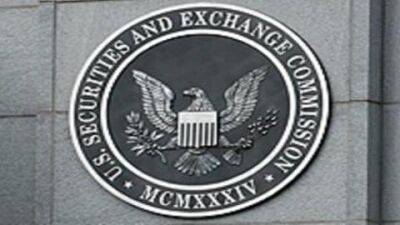
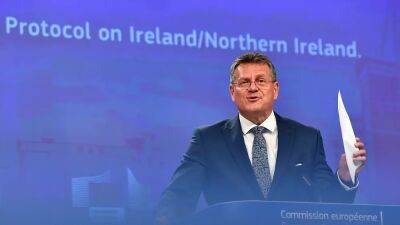


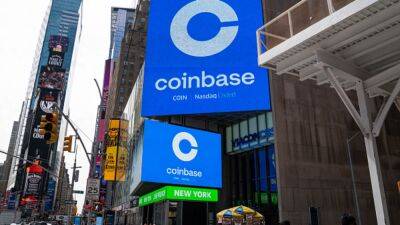



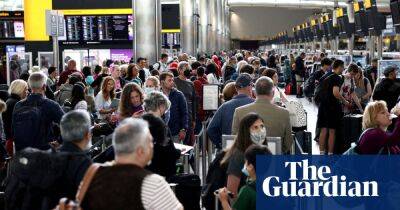
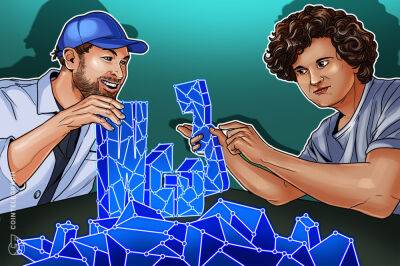
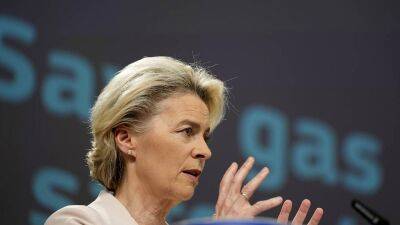
![Monero [XMR] traders looking for spread betting tips can go… - ambcrypto.com - city Santimentadditionally](https://finance-news.co/storage/thumbs_400/img/2022/7/21/34271_avwzk.jpg)


